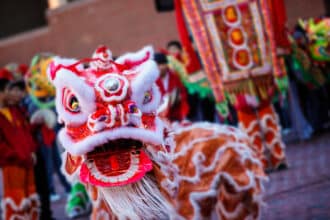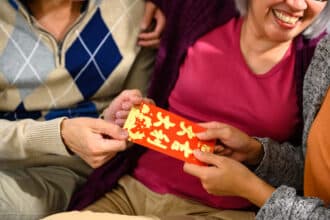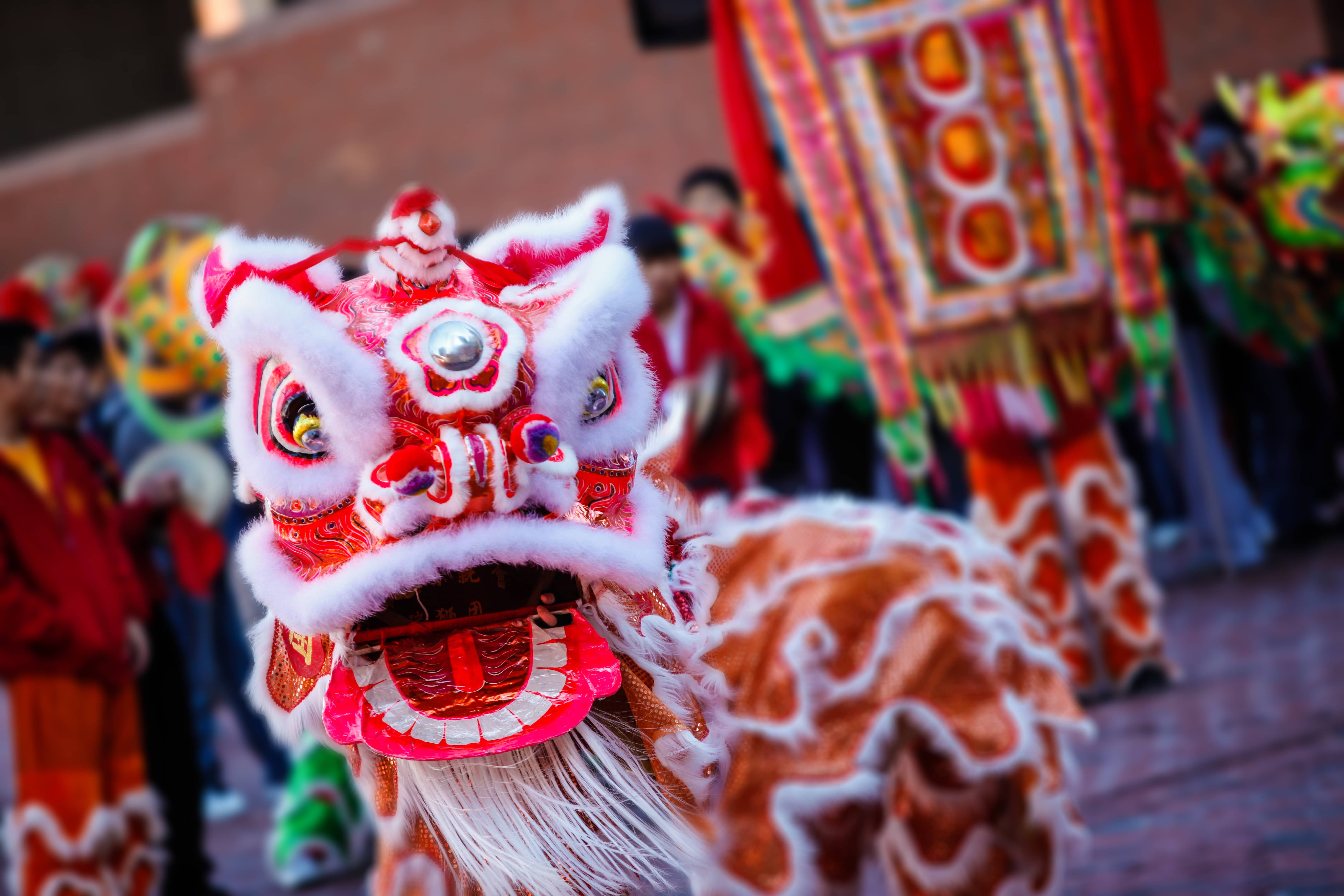As the Lunar New Year approaches, billions of people around the world are preparing to celebrate Chinese New Year! This vibrant and joyous occasion is deeply rooted in centuries-old traditions, cultural significance, and family values. Let’s dive into the rich history of Chinese New Year and explore the customs that make this festival a truly special and meaningful time for communities worldwide.

Chinese New Year marks the beginning of the lunar calendar, usually falling between January 21 and February 20. The festival is a time to bid farewell to the old year and welcome the new one with hope, prosperity, and good fortune. Each year in the Chinese zodiac is associated with an animal, and 2024 is the Year of the Dragon, symbolising strength, luck, and success. The weeks leading up to Chinese New Year are characterized by a flurry of activities aimed at preparing homes for the festivities. Cleaning and decluttering are essential, as they symbolise the removal of bad luck and the making way for good fortune. Families often redecorate their homes with vibrant red decorations, which is believed to ward off evil spirits and attract positive energy.
Central to the Chinese New Year celebration is the concept of reunion! Families come together from near and far to share a special reunion dinner on the eve of the festival. This elaborate feast includes traditional dishes with symbolic meanings, such as fish for prosperity, dumplings for wealth, and noodles for longevity. The act of sharing a meal with loved ones is a cherished tradition that reinforces the importance of family bonds. One of the most exciting aspects of Chinese New Year for children and younger family members is the tradition of receiving red envelopes, known as “hongbao.” These envelopes, usually filled with money, are given as a symbol of good luck, prosperity, and blessings for the coming year. Gift-giving is also common, with items such as oranges, sweets, and traditional treats exchanged to express well-wishes.

Throughout the Chinese New Year celebration, communities come alive with vibrant lantern festivals and parades. Traditional lion and dragon dances fill the streets with lively music and colourful performances. The lanterns, often adorned with intricate designs and symbols, create a magical atmosphere, symbolizing the hope for a bright and prosperous future. While Chinese New Year originated in China, its celebration has transcended borders, making it a global phenomenon. Major cities around the world, from London to New York, host parades, festivals, and cultural events to mark the occasion. These celebrations not only showcase the richness of Chinese culture but also provide an opportunity for diverse communities to come together and embrace the spirit of unity and goodwill.
Chinese New Year is more than just a festival; it’s a celebration of culture, tradition, and the enduring values of family and community. As people around the world gather to welcome the Year of the Dragon, the vibrant festivities serve as a reminder of the interconnectedness of humanity and the beauty that arises when diverse cultures come together to celebrate life, hope, and prosperity.

